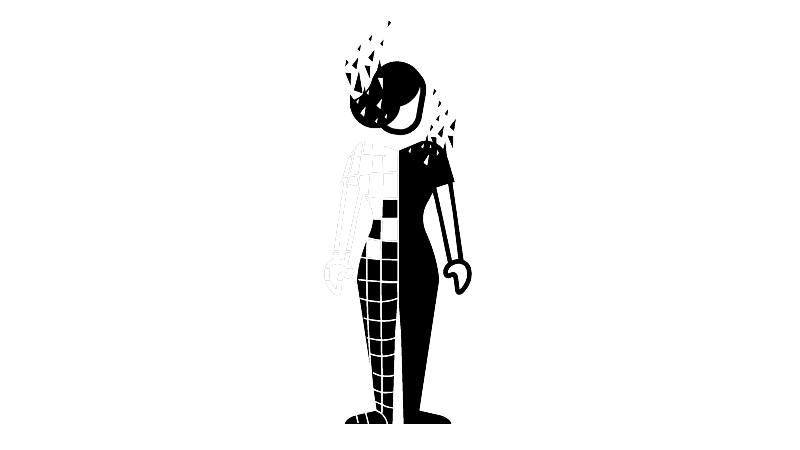Games
Graphics programmer
Also known as: Rendering programmer

What does a graphics programmer do?
Graphics programmers are dedicated to ensuring the game looks as good as it possibly can. They want fire to look like fire, water to look like water and skin to look like skin. This means making the graphics as detailed as possible without impacting on the speed and playability of the game. The job is all about maths, rendering and optimisation.
Watch
What’s a graphics programmer good at?
- Graphics: implement techniques and processes that meet the artistic, design and technical requirements of the game
- Maths: understand the logic and maths that underpins most graphics processes
- Programming: write strong code that’s easily understood by fellow coders
- Innovation: imagine and develop ways of improving the graphics
- Knowledge of games engines and platforms: understand the different constraints of games consoles, PCs, handhelds and mobiles
- Communication: work with other programmers and artists
Who does a graphics programmer work with?
A graphics programmer reports to the lead programmer and works with the rest of the programming team. They also work directly with artists.
How do I become a graphics programmer?
This is not usually an entry level role. A graphics programmer in the games industry typically requires at least two years of prior games programming experience. Having said that, you can impress employers by showing them what you are capable of making.
At school or college:
This is a role for which it’s ideal to have a mix of art and science. Try to take A-levels, Highers or Level 3 BTECs that combine them. Pick from:
- Maths
- Physics
- Computer science
- Graphic design
- Graphic communication
- Art and design
- BTEC Extended Diploma in Creative Digital Media Production
- BTEC Diploma in Computing
Build a portfolio:
Create work that you can show off to employers. This is essential. Build graphical tech demos. Work on building your own renderer and making it as efficient as possible. Go to build your games portfolio to learn how.
Start modding:
Create levels of a game using software provided by the publishers.
Get a degree:
Most people in the games industry have degrees. An increasing number of programmers have master’s degrees too. Get a degree in physics, computer science, computer programming or maths. Or have a look at ScreenSkills’ list of recommended courses in games. We recognise courses with our ScreenSkills Select award where they offer training in the relevant software, dedicated time to building a portfolio and have strong links with the games industry.
Network:
Get to know people in the games industry by attending events, including games conferences and expos. Meet professionals and ask them questions about their work, while demonstrating interest and knowledge in the industry. Offer to provide them with your professional contact details and try to stay in touch with them. Go to Network well to learn how to do this.
Search for jobs:
Use the UK Games Map to find out if there are games companies near you, then go to their websites directly and check out their open roles. You could also check out ScreenSkills jobs board.
You might also be interested in…
Being a technical artist or generalist programmer in the games industry. You might also be interested in being a computer graphics (CG) supervisor in visual effects (VFX).






